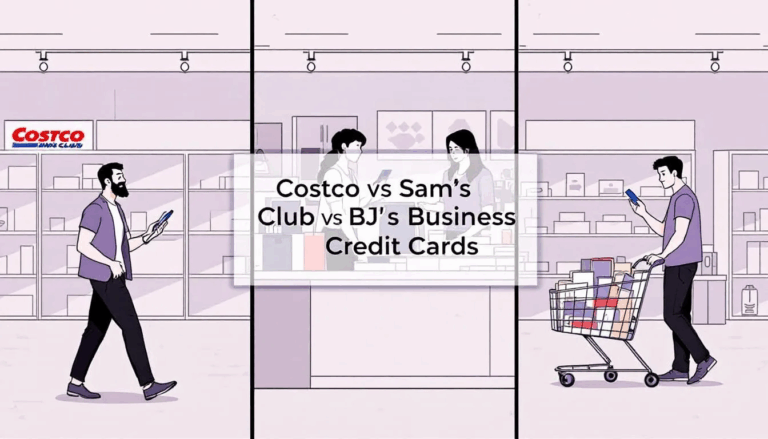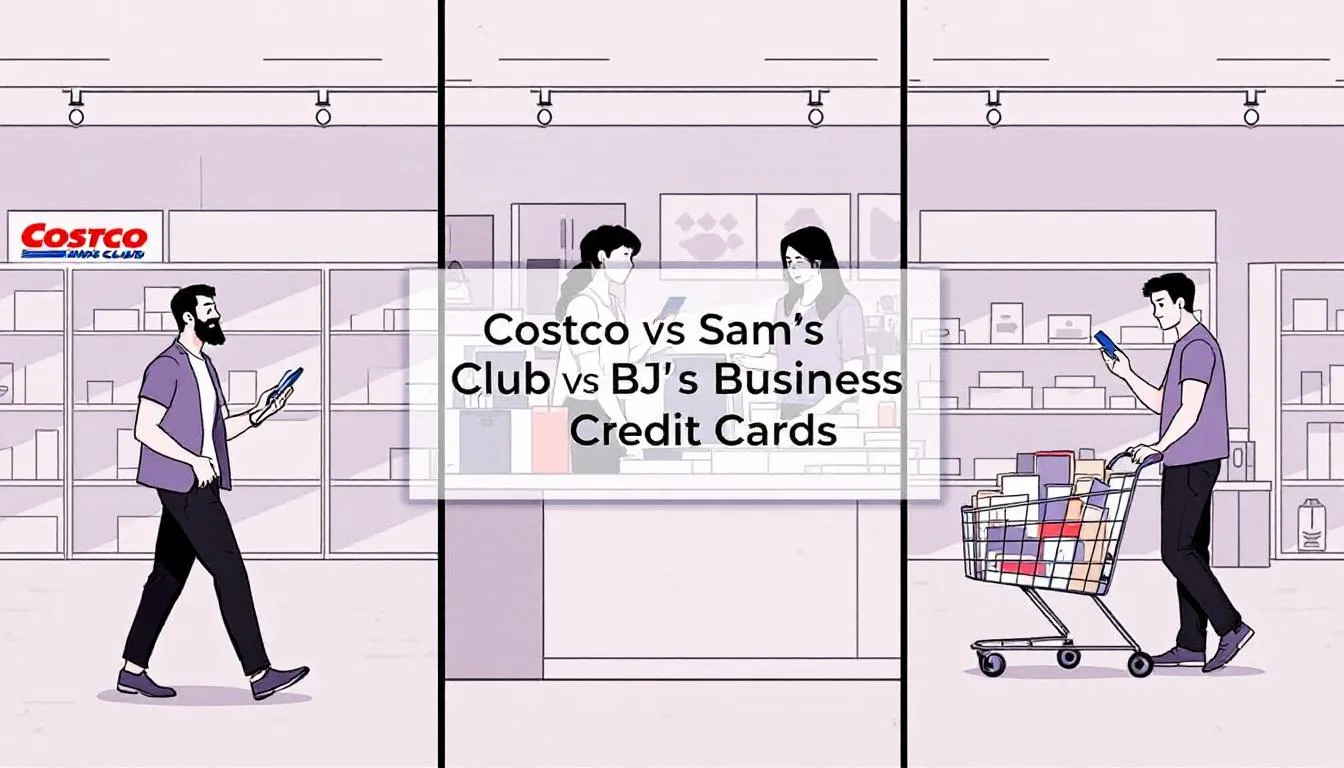What are Working Capital Loans for Restaurants?
Working capital loans for restaurants are a form of short-term business financing that helps cover operational expenses like payroll, inventory, rent, marketing, or vendor bills. These loans are not meant for long-term investments or expansion projects but rather to support day-to-day operations or address urgent expenses.
Working capital loans provide short-term funding to cover everyday business expenses. This includes utilities, food supplies, and covering seasonal revenue dips. Restaurants with inconsistent revenue streams or delayed online payments from third-party delivery apps may find these loans especially useful.
Cash flow health is a critical factor in securing working capital loans for restaurants. Lenders want to see a history of steady or growing revenue and evidence that the restaurant can handle the loan payments. The working capital ratio (current assets divided by current liabilities) and other key financial metrics help lenders assess this.
Alternative financing options may offer quicker access to capital than traditional loans, which often have stricter requirements. Online lenders typically provide a faster funding process and may be more flexible when evaluating the business’s financial health. However, traditional bank loans often have lower interest rates and longer payment terms than alternative funding options.
Maintaining healthy working capital is essential to running a successful restaurant, especially in an industry where thin profit margins and high overhead are common. By managing working capital, restaurant owners can make strategic planning decisions, handle unexpected expenses, and position their businesses for sustainable success.
How do Restaurant Working Capital Loans work?
Restaurant working capital loans typically come in the form of lump-sum loans, business lines of credit, or merchant cash advances. Once approved, funds can be deposited into your business bank account quickly, sometimes in as little as 24 hours, and used to cover short-term business expenses.
Depending on the type of restaurant loan, repayment may occur through fixed daily or weekly payments, a percentage of daily credit card sales, or monthly payments with interest. Online lenders often offer flexible repayment structures tailored to a restaurant’s cash flow needs, which can be particularly useful during slow seasons.
Most lenders will review the restaurant’s balance sheet, historical cash flow, accounts receivable, and other indicators of the business’s ability to repay the loan. Some may also look at the business’s licenses, business bank account activity, and overall working capital target.
Restaurant Working Capital Loan Example
Pie-Sano’s Pizza is a locally owned pizzeria in a college town. During the summer months, sales drop significantly when students leave. To cover rent, restock supplies, and pay staff during this slower period, the owner applies for a $40,000 working capital loan from an online lender.
Within 48 hours, the funds are deposited into the restaurant’s bank account. The owner uses the funds to manage cash flow, pay operating expenses, and invest in a new POS system. The loan is structured with daily payments withdrawn automatically based on credit card sales, helping Pie-Sano’s stay current on payments without disrupting cash flow.
What are the qualifications for Restaurant Working Capital Loans?
Each lender sets its own requirements, but in general, eligibility for working capital loans often depends on the business’s creditworthiness and financial health. Factors such as time in business, monthly revenue, and existing debt load all play a role.
While traditional bank loans may require a high credit score and years of operating history, alternative funding solutions are often more accessible to newer restaurants or business owners with less-than-perfect credit.
To qualify for most working capital loans, restaurants typically need:
- At least 6-12 months in business
- Minimum monthly revenue (often $10,000 or more)
- A business bank account
- Basic business documentation, such as business licenses and bank statements
Accurate financial statements are often required when applying for business funding, especially for lenders looking to evaluate a restaurant’s cash flow needs and working capital ratio.
How to Apply for a Restaurant Working Capital Loan:
The application process may be slightly longer or shorter for different types of loans. However, all variations require very little paperwork, and you can get funded in just a few business days. Here’s how to get started:
Step 1: Choose Your Working Capital Loan
We usually recommend the loan options that feature the most uncomplicated repayment terms for your cash flow. This depends on the length of your cash flow gap and how quickly you can pay off the loan.
Step 2: Gather Your Documents
This step depends on the type of loan options you’re applying for. Here are the documents and information you may need to get started for each option:
- Voided business check
- Bank statements (3 Months)
- Drivers license
Step 3: Fill Out Application
You can begin the application process by calling us or filling out our one-page online application. Either way, you’ll be asked to enter the information from the previous section along with your desired funding amount.
Step 4: Speak to a Representative
Once you apply, a representative will contact you to explain the repayment terms, rates, and terms of your available options. This way, you won’t have to worry about any surprises or hidden fees from lenders during repayment.
Step 5: Receive Approval
For most loan products, credit approval only takes a few days. Depending on the type of loan, funds should appear in your bank account in 1-3 business days for most funding options.
What are the benefits of Working Capital Loans for Restaurants?
Working capital loans offer fast, accessible capital for restaurant owners who need to manage cash flow or address urgent expenses. Unlike traditional bank loans, these financing solutions often have a simpler approval process, making them more attainable for small businesses with unpredictable revenue or limited credit history.
For restaurant owners facing slow seasons, equipment breakdowns, or rising costs, working capital loans can provide the support needed to stay afloat without sacrificing quality or service. These loans can also help with maintaining inventory, covering payroll, launching marketing campaigns, or seizing short-term opportunities.
Another key benefit is flexibility. Working capital loans can be structured to fit a restaurant’s unique needs, allowing for daily, weekly, or monthly loan payments. This enables business owners to avoid large lump-sum repayments and better manage day-to-day operations.
What are the drawbacks of Working Capital Loans for Restaurants?
Despite their advantages, working capital loans come with a few potential downsides. Since these loans are typically unsecured and considered higher risk, they often carry higher interest rates compared to traditional loans.
Short repayment terms can also be challenging for restaurant businesses with limited or inconsistent cash flow. Daily or weekly loan payments might strain cash reserves, especially if revenue dips unexpectedly.
Finally, some alternative financing options include fees that can significantly increase the total cost of borrowing. Restaurant owners must carefully assess loan terms, interest rates, and the impact on their working capital before committing.
Restaurant Working Capital Loan Pros & Cons
Pros:
- Fast funding for urgent expenses
- Flexible loan structures
- Easier approval process than traditional loans
- Helpful in managing seasonal cash flow gaps
- Can improve short-term cash flow
Cons:
- Higher interest rates than traditional bank loans
- Short repayment periods
- Potential for frequent payment withdrawals
- Can be expensive if not repaid quickly
Frequently Asked Questions
Here are the most common questions about working capital loans for the restaurant industry.
How can Restaurants use Working Capital Loan funds?
Restaurants can use working capital loan funds in a variety of ways to support day-to-day operations and growth. Typical uses include purchasing food inventory, paying employees, managing vendor accounts, updating technology systems, or covering marketing expenses.
Many restaurant owners seek working capital loans to cover expenses during slow periods. Whether it’s a lull between tourist seasons or a dip in weekday traffic, having accessible capital on hand can make the difference between staying open or shutting down temporarily.
Funds can also help with capital expenditures, such as emergency repairs to equipment, upgrading the dining space, or adapting to new service models like delivery and takeout. In all cases, the key is using the funds strategically to support a healthy working capital ratio and long-term business needs.
Can Restaurant Owners with Bad Credit get Working Capital Loans?
Yes, restaurant owners with bad credit may still qualify for working capital financing through online lenders or alternative funding providers. These lenders often place more emphasis on the business’s cash flow and revenue consistency rather than just credit scores.
While interest rates and fees may be higher, bad credit working capital loans provide an essential path to maintaining business continuity during tough financial periods. Restaurant owners can also use the opportunity to improve their credit by making consistent, on-time payments.
What other Restaurant Business Loan options are available?
Restaurant business owners have many small business loan options aside from working capital loans. You may be interested in one of these restaurant funding options:
Business Term Loans
A business term loan provides a lump sum of funding repaid over a set term with fixed monthly payments. Business term loans are ideal for restaurants planning major upgrades or expansions.
Business Lines of Credit
A business line of credit allows restaurant owners to borrow only the amount needed up to a predetermined limit. Business lines of credit are perfect for handling fluctuating expenses like food costs and payroll. With a business line of credit, you only pay interest on the funds you use.
Restaurant Equipment Financing
Restaurant equipment financing helps cover the cost of new kitchen equipment or repairs. Restaurant equipment financing allows owners to preserve working capital for other operational expenses.
SBA Loans
SBA loans offer favorable terms for small business owners due to government backing. An SBA loan can be used for a variety of restaurant needs, including renovations or refinancing high-interest debt. The US Small Business Administration (SBA) partially guarantees these loans.
Merchant Cash Advances
Merchant cash advances provide upfront cash in exchange for a percentage of future credit card sales. Merchant cash advances can be a good fit for restaurants with high card transaction volumes.
Accounts Receivable Factoring
Accounts receivable factoring involves selling unpaid invoices to access quick cash for working capital needs. Invoice factoring is useful for catering businesses or restaurants with large event contracts.
Revenue Based Financing
Revenue based financing offers repayment based on a percentage of monthly revenue. Revenue based financing adjusts with your cash flow, making it easier to manage loan payments.
Working Capital Loans for Restaurants – Final Thoughts
The restaurant industry is full of both opportunity and uncertainty. From seasonal sales patterns to unexpected equipment repairs, restaurant owners must be ready to handle constant change. Working capital loans for restaurants help bridge financial gaps, cover urgent expenses, and provide breathing room to focus on delivering great food and service.
Whether you’re looking to manage cash flow, make payroll, or take advantage of a limited-time deal on inventory, working capital financing can offer the accessible capital you need. With a range of loan programs and financing solutions available, restaurant owners can find the right funding process to support sustainable success.
Contact us if you have more questions about restaurant business financing or if you’re ready to apply for a small business loan. Our alternative business financing experts can help you find the best financing solutions for your restaurant.













